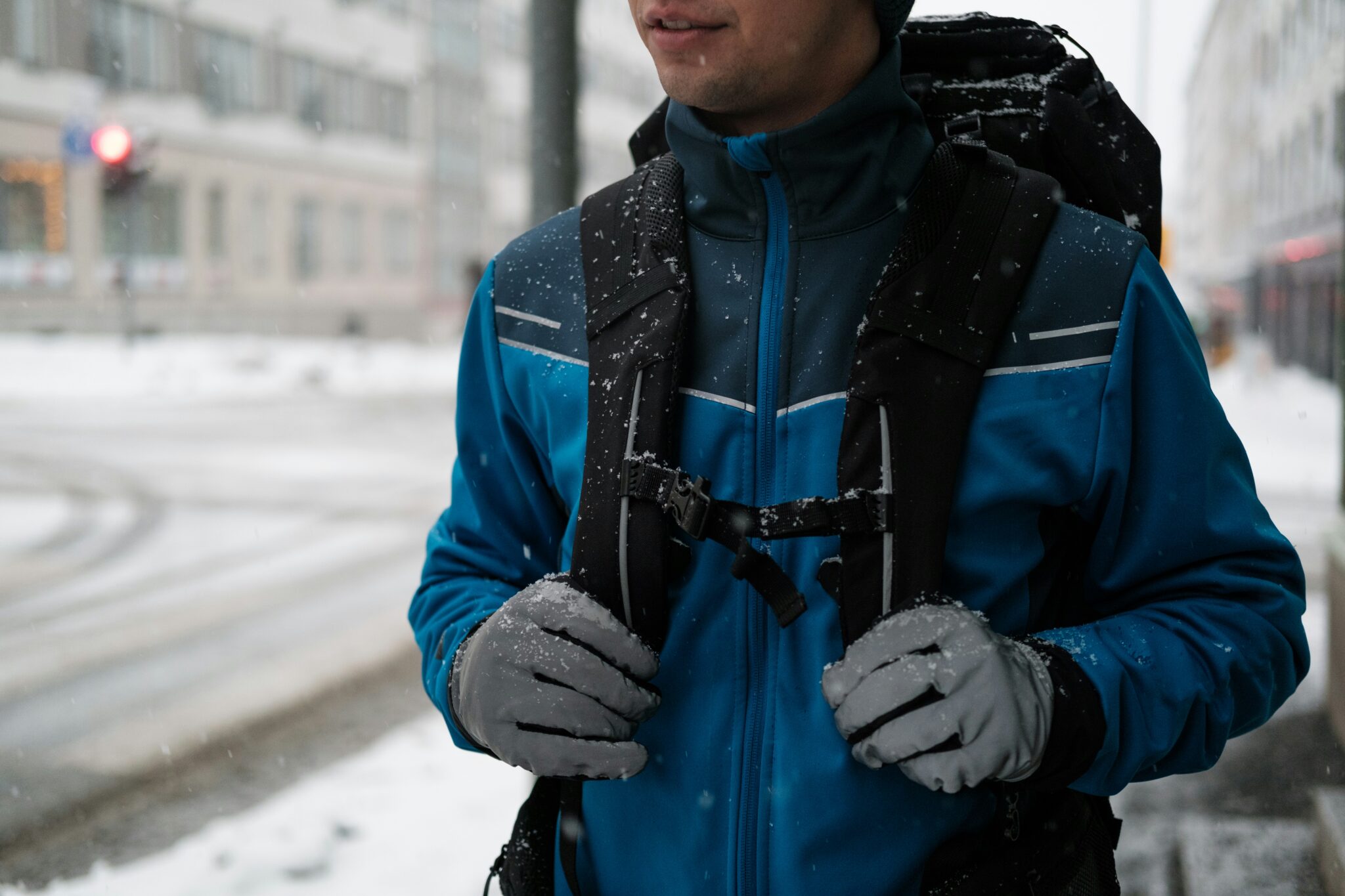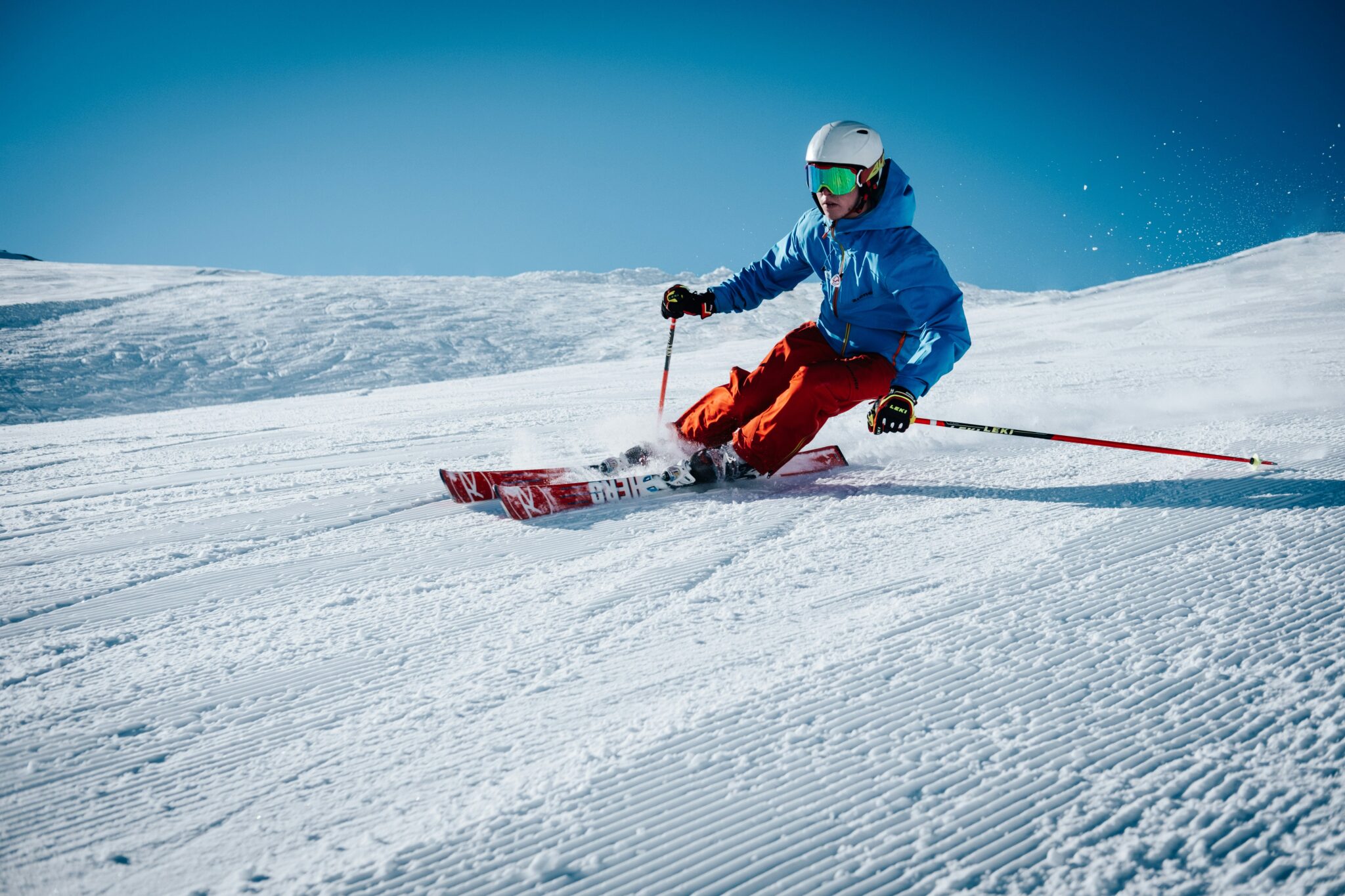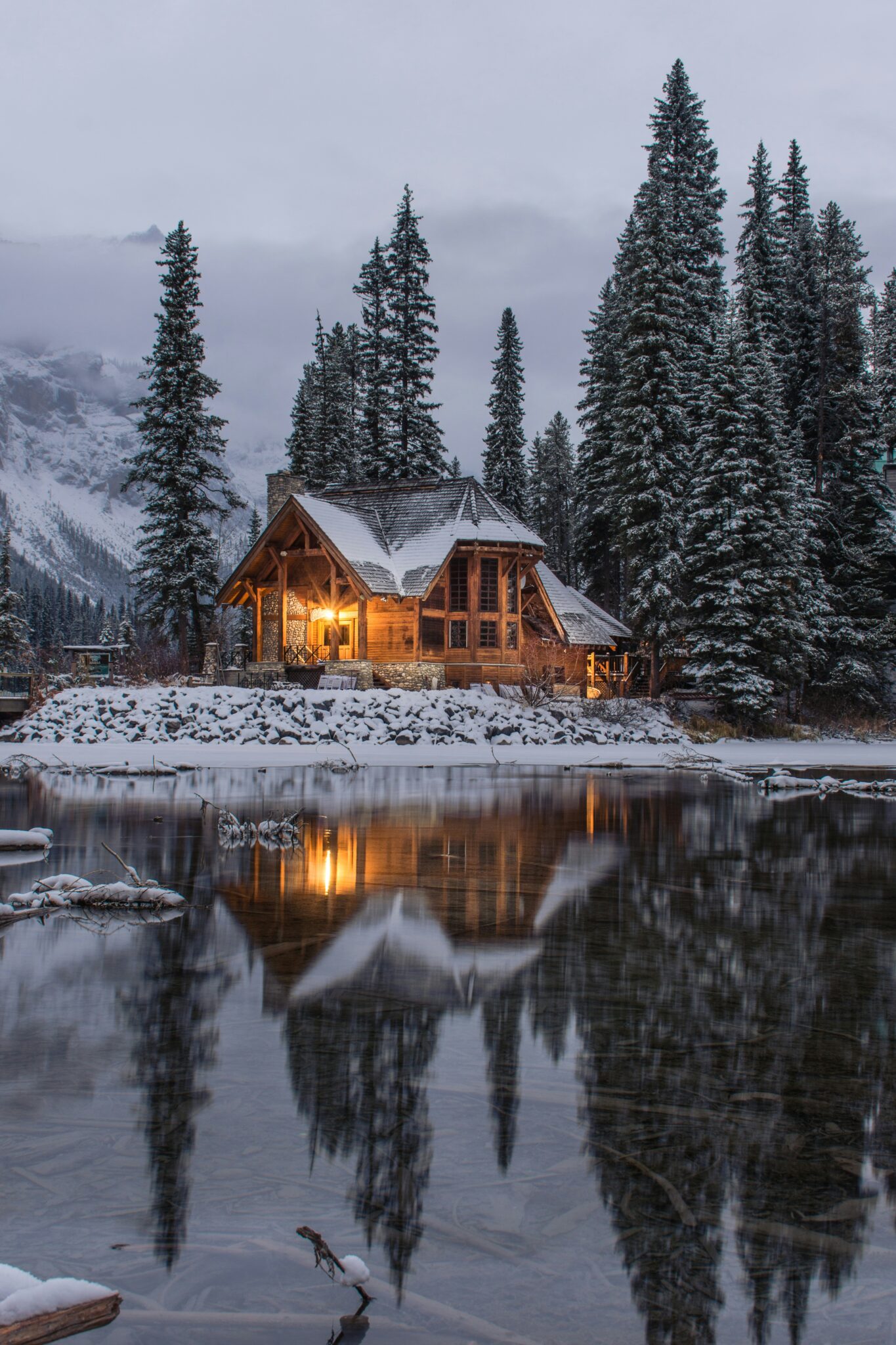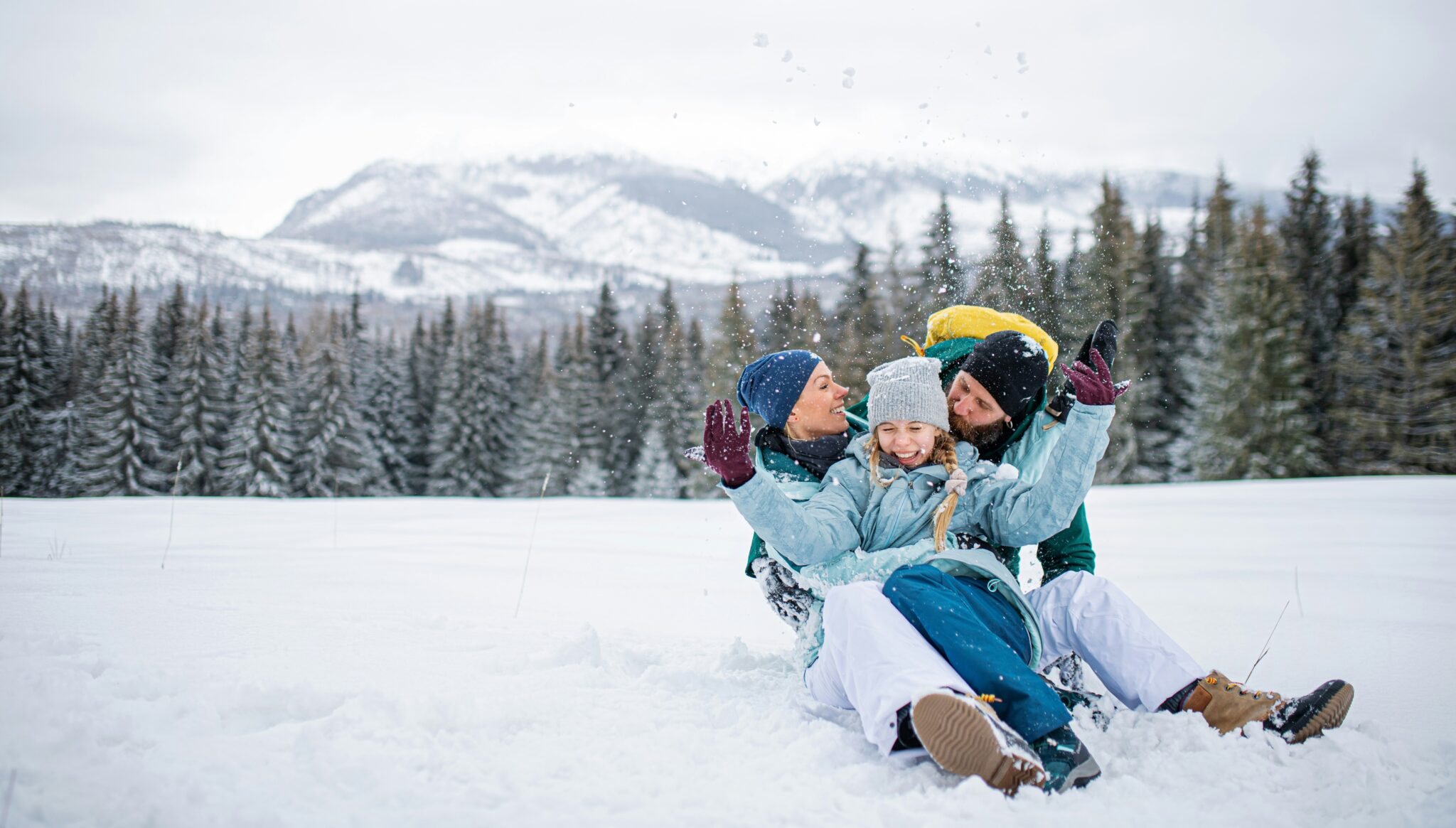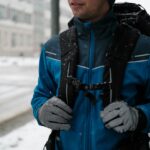Table of Contents
Experiencing the Northern Lights is a bucket-list item for many travellers. Understanding the best times and places to witness this natural wonder is key.
Known as the Aurora Borealis, these stunning light displays are usually visible in the Arctic Circle. Popular destinations include Iceland, Canada, and Scandinavia, which all offer excellent opportunities to see this phenomenon. The Northern Lights are formed when solar winds interact with Earth’s magnetic field, causing charged particles to collide and emit light.
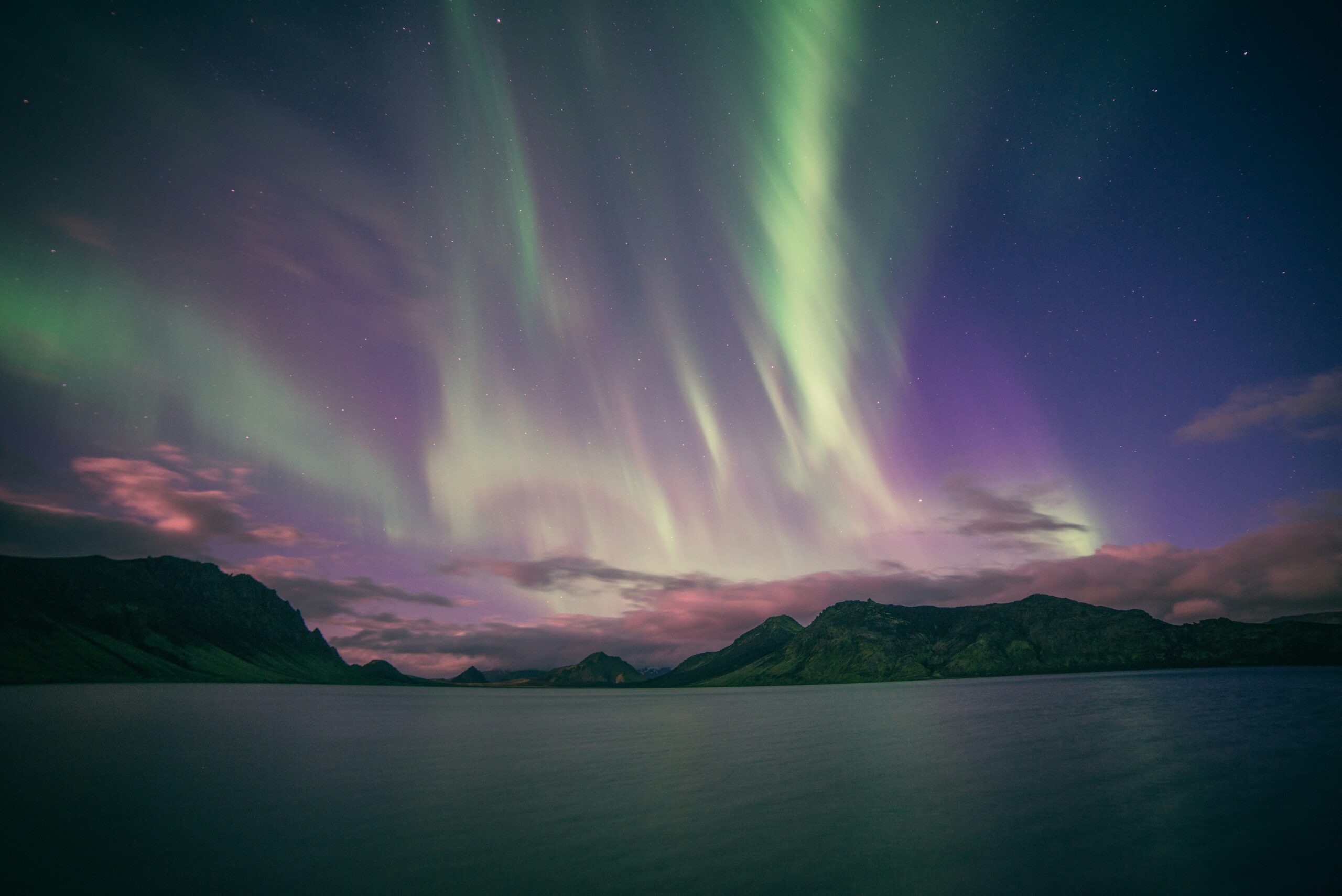
Timing is everything when planning your trip to see the Northern Lights.
Your best chance to view them is between September and March when the nights are longest. For optimal viewing, aim to visit during the peak aurora activity periods.
Locations like Tromsø in Norway and Fort McMurray in Canada provide ideal conditions, away from city lights and pollution. Venture to places like Kvaløya, Sommarøy, and small towns around Alberta for a clearer view.
Discover the Best Spots and Seasons for Aurora Hunting
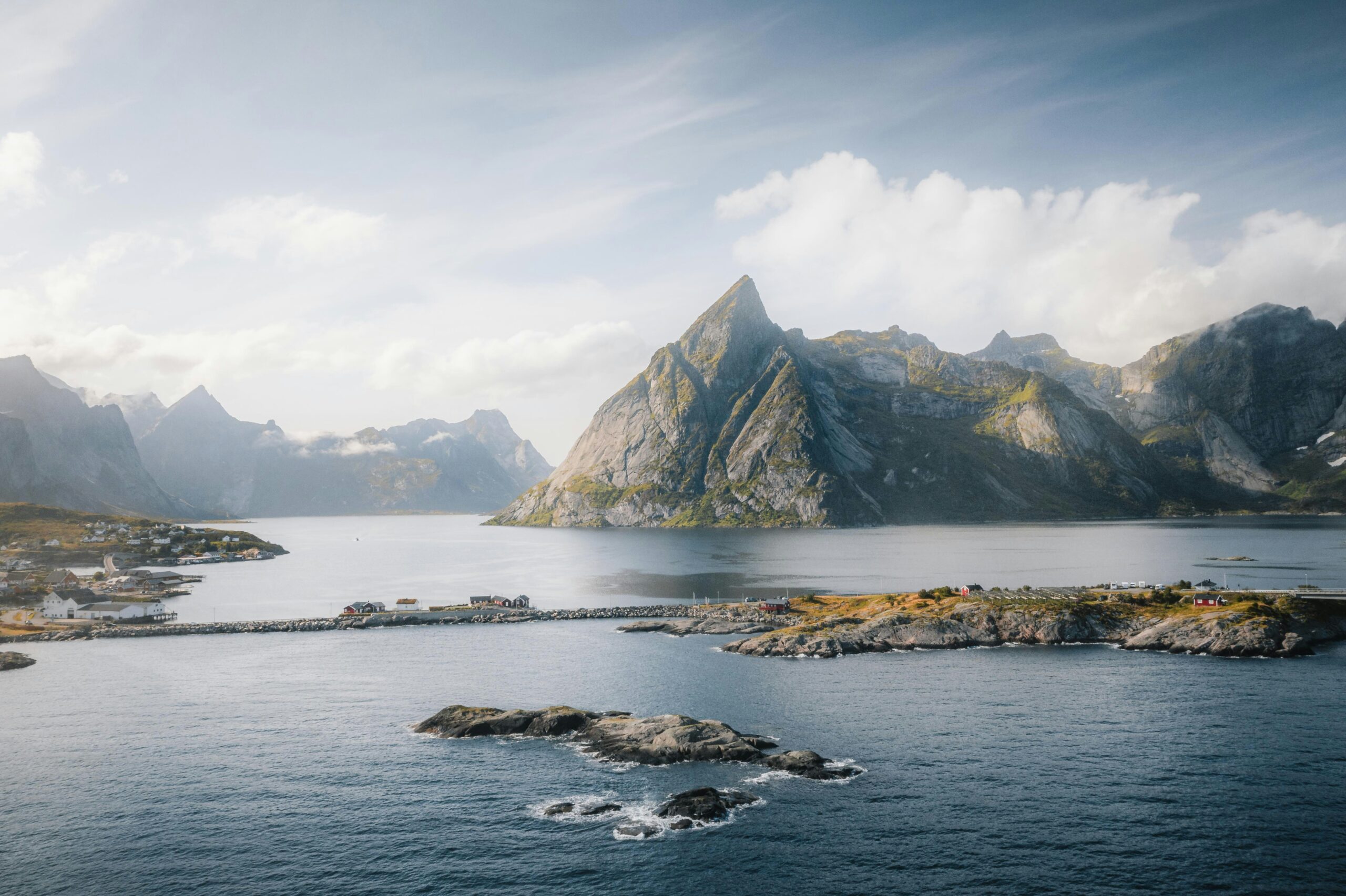
When planning your journey to see the Northern Lights, location and timing are key. The Northern Lights, also known as the Aurora Borealis, are best viewed in specific spots and seasons.
Top Locations:
- Norway: Tromsø, Kirkenes, and the Lofoten Islands are top spots. These places offer unique backdrops and are known for frequent aurora sightings.
- Iceland: Guided minibus tours from Reykjavik and the countryside provide great opportunities to see the lights.
- Finland: Rovaniemi and the area around Kakslauttanen are excellent for aurora viewing, especially with cosy glass igloos.
- Sweden: Abisko National Park is renowned for clear skies and high chances of witnessing auroras.
- Canada: The Yukon, Northwest Territories, and parts of British Columbia are prime spots.
Best Seasons:
- September to April: This is the peak time to see the Northern Lights. During these months, the nights are long and dark, offering the best visibility.
- Equinox periods (March and September): These times are considered especially good due to increased geomagnetic activity.
- Dark, clear nights: For the best chances, clear skies away from city lights are ideal.
Helpful Tips:
- Monitor Solar Activity: Check websites or apps that forecast aurora activity.
- Stay Flexible: Be prepared to move to different locations to increase your chances.
- Stay Long Enough: Give yourself a week to maximize opportunities to see the lights.
Northern Lights Hunting: Northern lights hunting requires careful preparation and timing. Whether you choose an organized tour or an individual experience, being well-prepared is crucial. Guided tours can significantly enhance your chances of a successful northern lights hunting experience by providing expert knowledge and access to prime viewing locations. Patience and flexibility are key, as the aurora borealis can be unpredictable.
A Comprehensive Look at Northern Lights Hotspots and Timing
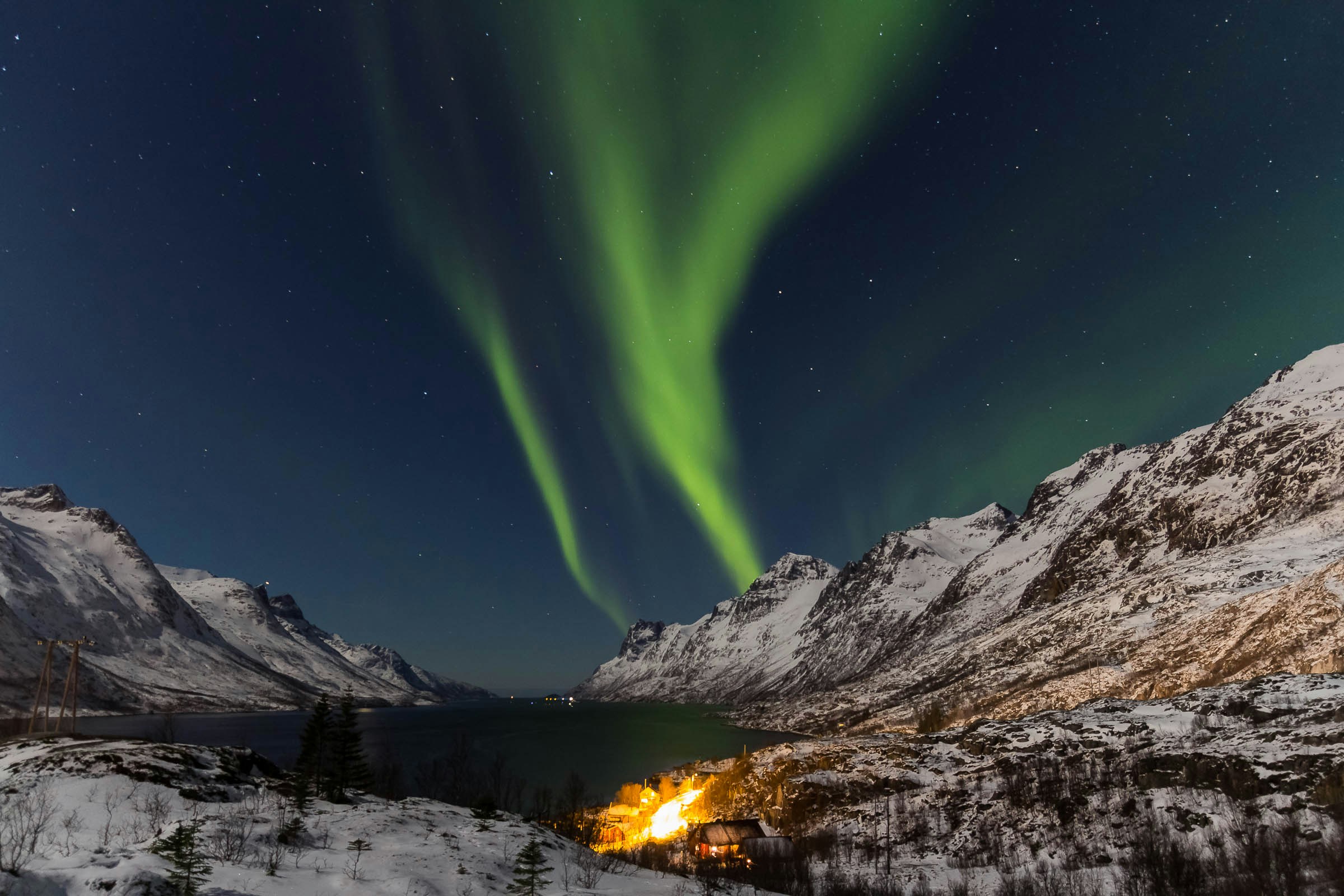
Seeing the Northern Lights is a dream for many, and choosing the right place and time is key to making it happen. Norway is famous for its stunning displays, especially in areas like Tromsø and the Lofoten Islands.
Iceland also offers fantastic opportunities to see the aurora, especially between September and April. Reykjavik, along with remote locations like Thingvellir, are popular spots.
In the UK, northern Scotland provides good chances to see the lights, particularly from September to April. Locations like the Isle of Skye and Caithness are favourable.
Canada, particularly the Yukon and Northwest Territories, is another ideal destination. The best time there is from late August to mid-April. Areas like Whitehorse and Yellowknife are well-known for their clear skies.
For those in the United States, Alaska is your best bet. Fairbanks is particularly popular, and you have a good chance to see the lights from September to early April. Ester Dome, near Fairbanks, is a noted spot.
To maximize your chances, aim to visit these places during the winter months when nights are long. Clear skies are essential, as clouds can obstruct the view. Timing around midnight, between 11:00 PM and 2:00 AM, is often most rewarding.
Maximise Your Chances of Witnessing the Aurora
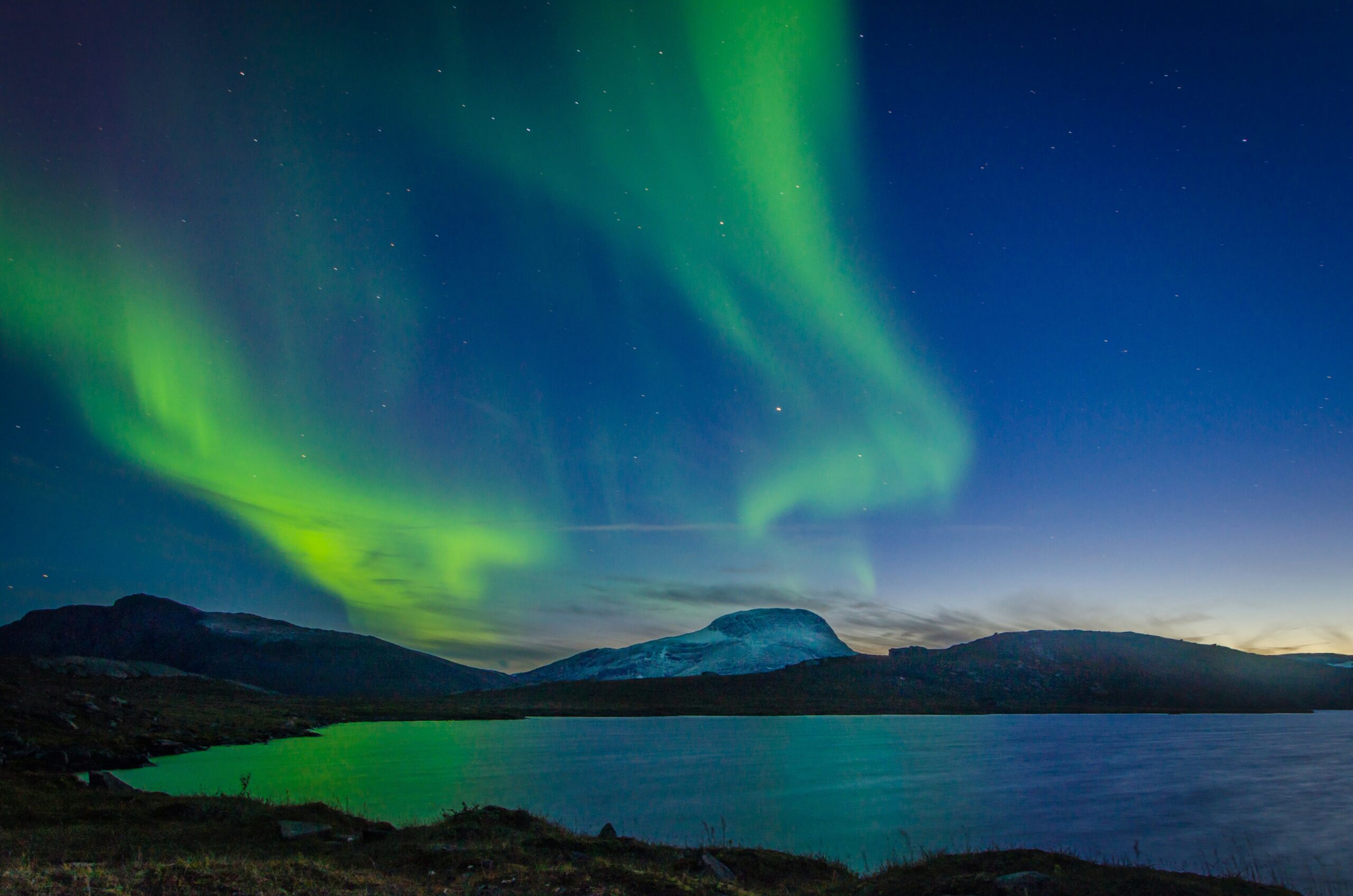
To maximise your chances of witnessing the Northern Lights, planning is essential. Here are some tips to help you find the best spot and time.
Choose the Right Location
Top destinations for seeing the Northern Lights include Tromsø in Norway, Abisko in Sweden, Rovaniemi in Finland, Reykjavik in Iceland, and Fairbanks in Alaska. These locations offer clear skies and minimal light pollution, increasing your chances.
Monitor the Weather
Checking the weather regularly is vital. Clear skies are a must for seeing the lights. Keep an eye on cloud cover using weather apps or websites.
Use an Aurora Forecast Application
Aurora forecast apps can predict the likelihood of seeing the Northern Lights by providing a northern lights forecast. These apps use data about solar activity and weather conditions. Install one of these apps on your phone and keep it handy during your trip.
Stay for a Week
The Northern Lights are unpredictable. Stay for at least a week to ensure you have multiple opportunities. This way, you can be flexible and patient, adjusting your plans based on changing weather conditions.
Dress Warmly
Northern regions can be extremely cold, especially at night. Wear layers and thermal clothing to stay warm. This will make your aurora-watching experience more comfortable and enjoyable.
Choose Accommodations Wisely
Select accommodation in rural areas with minimal light pollution. Dark surroundings will make the aurora more visible and vibrant against a black sky.
Be Patient and Flexible
Sometimes the Northern Lights appear unexpectedly. Be ready to venture out at odd hours and adapt your schedule. The patience pays off when you finally see the sky light up.
Essential Tips for Planning Your Northern Lights Adventure
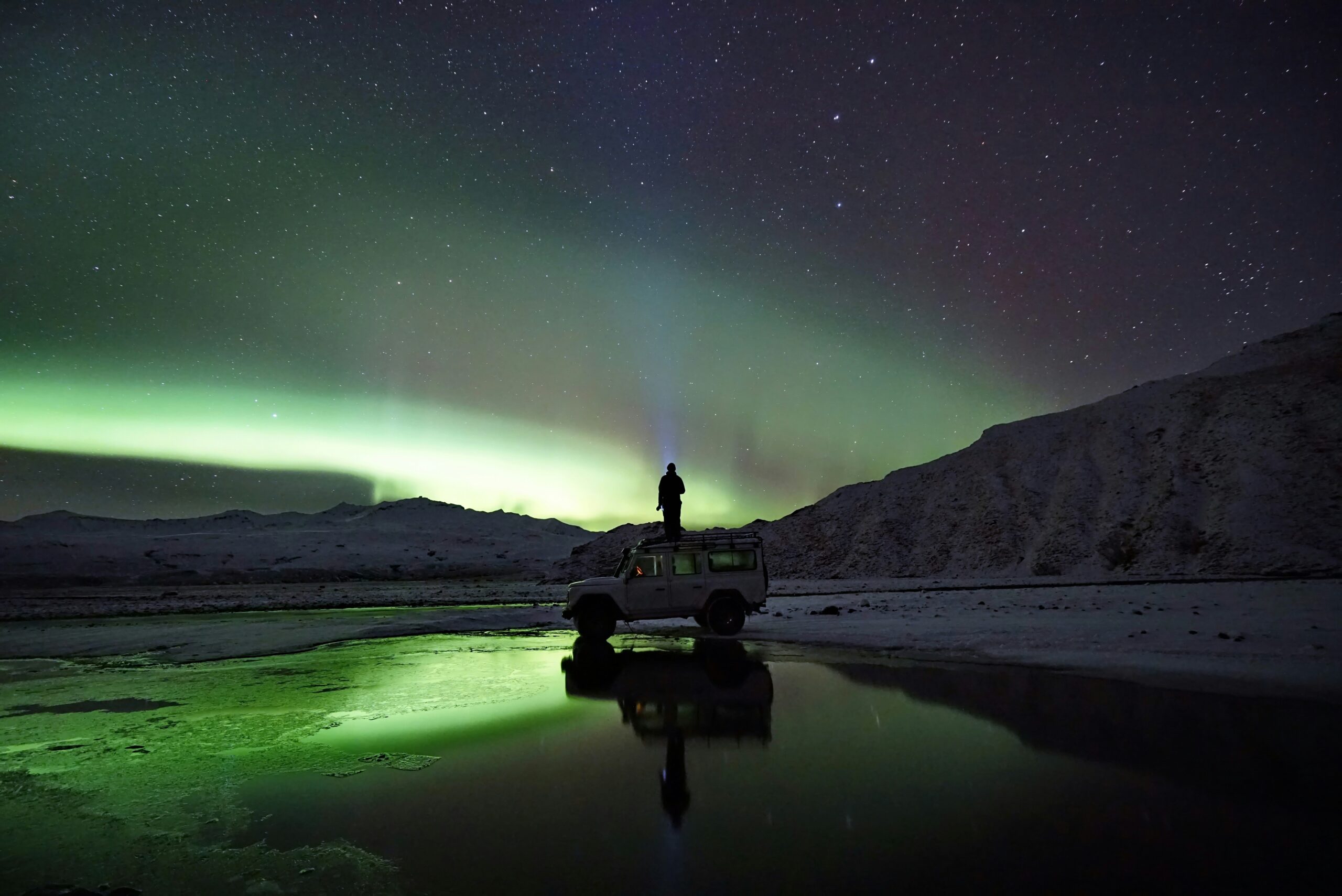
Choose the Right Time The best time to see the Northern Lights is during the winter months, from November to February. The long, dark nights increase your chances of witnessing the lights. Be prepared for cold temperatures and bring appropriate winter gear.
Location Matters To enhance your viewing experience, visit locations with little light pollution. Areas like Iceland, Norway, and Finland are popular destinations. Stay away from city lights for the clearest view of the aurora.
Check the Weather Clear skies are essential. The lights are above the clouds, so cloudy weather can obstruct your view. Monitor the weather forecast and be ready to adjust your plans.
Be Ready to Wait The Northern Lights are a natural phenomenon and can be unpredictable. Patience is key. Plan for multiple nights to increase your chances of seeing them. Bring warm clothing, snacks, and something to keep you entertained while you wait.
Book Flexible Accommodation Choose a place with a good cancellation policy to accommodate potential weather changes. This flexibility allows you to stay longer if needed without extra costs.
Bring the Right Equipment A good camera and tripod are essential. Set your camera to long exposure to capture the best shots. This way, you can treasure the sight forever.
Quick Tips for Northern Lights Photography For the best northern lights photography, use a sturdy tripod to keep your camera steady. Set your camera to long exposure settings to capture the vibrant colours and movement of the lights. Experiment with different exposure times and ISO settings to find the perfect balance.
Tips for Maximising Your Experience
- Remote Locations: Choose remote locations with minimal light pollution. This will give you the clearest view of the lights.
- Outdoor Spaces: Accommodation with easy access to outdoor spaces can improve your chances of seeing the aurora.
Practical Tips
- Check the Weather: Clear skies are essential. Cloud cover can obstruct your view.
- Monitor Solar Activity: High solar activity increases the chances of a dazzling display. Use tools like aurora forecast apps to stay informed.
- Stay a Week: To increase your chances of witnessing the Northern Lights, consider staying for an extended period. This allows for multiple opportunities in varying conditions.
Quick Reference Table
| Destination | Best Viewing Months |
|---|---|
| Iceland | October to March |
| Norway | September to April |
| Sweden | September to March |
| Finland | August to April |
| Canada | October to March |
| Russia | October to April |
Frequently Asked Questions
Clear, dark skies are essential for viewing the Northern Lights, which are created by the interaction between solar activity and Earth’s magnetic field. You should head to locations away from city lights and pollution. The best time is typically between 10 PM and 2 AM. Weather conditions matter too – look for cloudless nights.
Aurora forecasts can help you anticipate when the lights will appear. Websites and apps provide real-time predictions based on solar activity. The Kp index, ranging from 0 to 9, indicates the likelihood, with higher values offering better chances.
The Northern Lights are most visible from September to April when nights are longer. This period offers optimal darkness, which enhances visibility. Autumn and winter provide the clearest, darkest skies, increasing the likelihood of a spectacular display.
Yes, the moon’s brightness can impact visibility. A full moon may wash out the lights, making them harder to see. Aim to view the Northern Lights during a new moon or when the moon is less bright for a clearer display.
In Sweden, Abisko National Park is renowned for its Aurora sightings. The area offers clear skies and minimal light pollution. Other notable spots include Kiruna and Jukkasjärvi, both located within the Arctic Circle and known for their stunning displays.
Dress warmly in layers, as temperatures can be extremely low.
Bring a camera with a tripod to capture photos.
A thermos with a hot drink and some snacks can make the experience more enjoyable.
Binoculars might enhance the viewing experience too.

